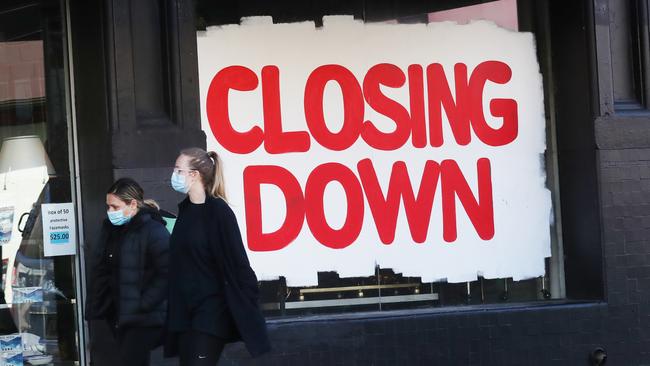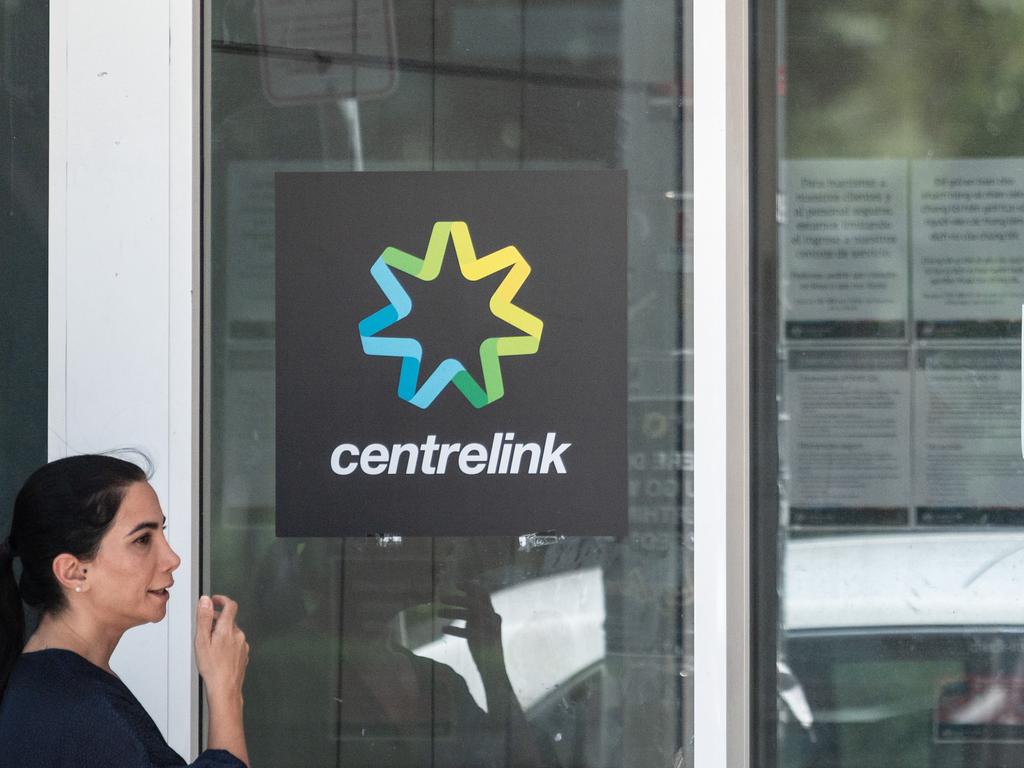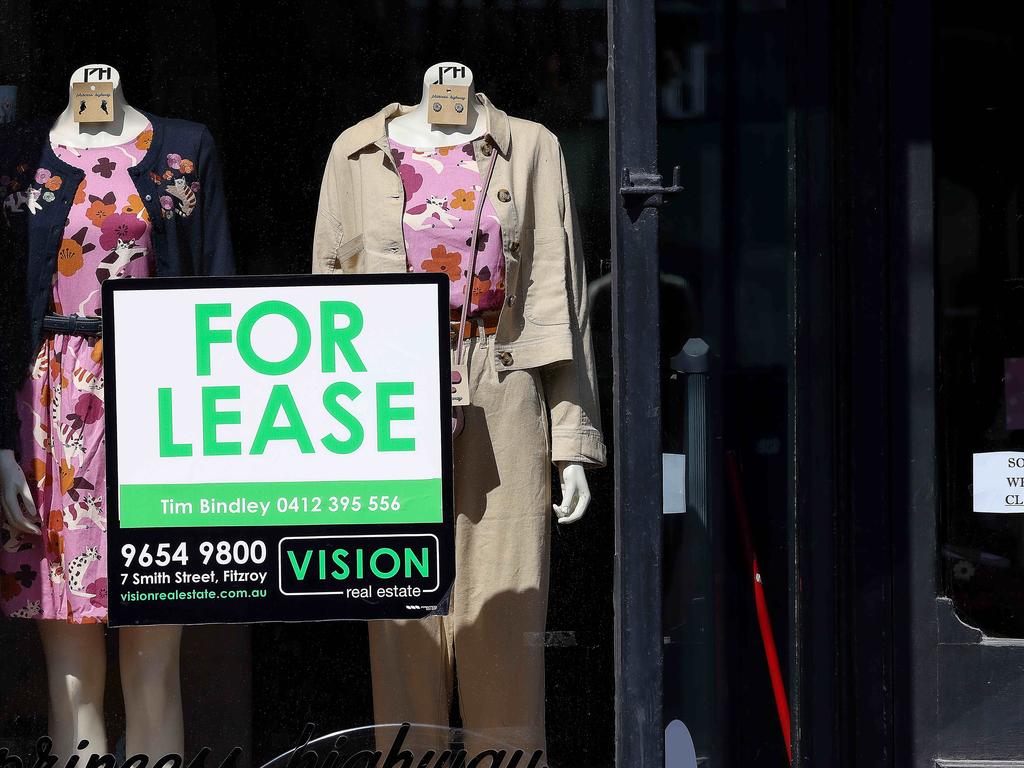Business failures on rise as ASIC data shows COVID insolvency drought breaking
The first year-on-year growth in business failures over the final two weeks of 2020 are an ‘early sign of things to come’.

The first signs have emerged that the COVID-19 insolvency drought may be breaking, with more business failures over the final two weeks of 2020 than the year before.
Figures from the Australian Securities & Investments Commission showed the first year-on-year increase in the weekly insolvency count in at least six months — a development that experts said may be a “sign of things to come”.
The pandemic triggered unprecedented government support to businesses and households that have helped firms navigate their way through mandated shutdowns and domestic and international border closures.
Increased lenience to directors around trading while insolvent and extended time frames for firms to pay back creditors, alongside rent and loan relief, helped keep many struggling business owners above water.
As a result, company failure rates have dropped to 20-year lows despite the country suffering through its deepest downturn in nearly a century.
Economists have warned of a looming wave of insolvencies as protections ended from January 1 and the JobKeeper program expires in March.
On Friday Josh Frydenberg said “certainly there will be some [firms] that deferred their insolvencies from last year”.
The ASIC figures provided the first signs of this.
There were an average of 60 failures over the two weeks to December 27, versus 13 over the same period in 2019. The two weeks of year-on-year growth in companies entering external administration came after at least 25 consecutive weeks of declines.
Deloitte national restructuring leader Sal Algeri said the ASIC figures were an “early sign of things to come”. He said many industries remained under heavy pressure, despite the robust economic recovery.

While retail has had a “sugar hit” in recent months, there would be “winners and losers”, he said, while for hospitality and tourism “there’s going to be some real difficulty”.
“There will be gyms and so forth waiting for members to come back, and they’ve got to pay their rent, pay back the rent relief they received when they didn’t have the revenue,” Mr Algeri said.
He said in his experience landlords had gone “above and beyond” to help tenants survive.
PwC business recovery services partner Michael Fung said while interpreting only two weeks of data was difficult, the breaking of such a persistent trend may reflect a number of companies that had been banking on an up-tick in pre-Christmas trade “to see them through” only to be ultimately disappointed.
Both experts agreed that 2021 would be a year of higher than usual rates of business failures. Mr Algeri said “there are a number of zombie companies out there, and once the courts open up properly [next month] there will be a rise [in insolvencies]”.
The climb in failures ahead of the New Year came just before the end of temporary rules granting leniency to directors around trading while insolvent, and before the reapplication of JobKeeper rules, alongside a lower payment.
Mr Fung said the end of temporary measures that gave businesses six months — rather than 21 days — to reply to formal demands from creditors would be the impetus for many to begin the process of claiming unpaid bills.
The pace of the recovery would also dictate how many companies would be forced into liquidation.
The Treasurer said he was confident that a strengthening economy into 2021 would help more businesses “stay on their feet”.








To join the conversation, please log in. Don't have an account? Register
Join the conversation, you are commenting as Logout